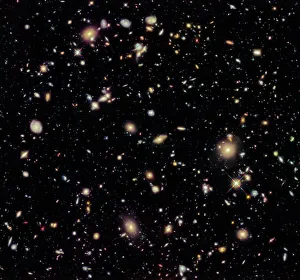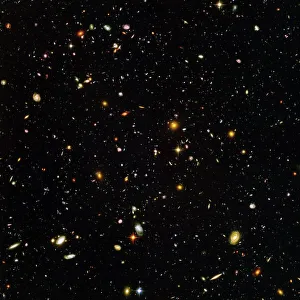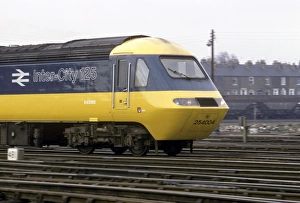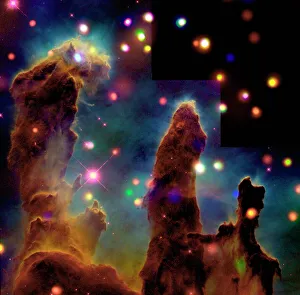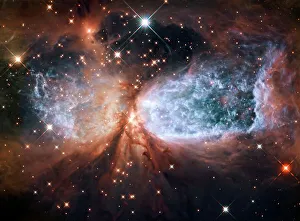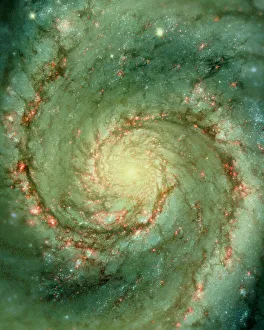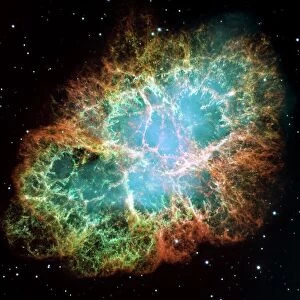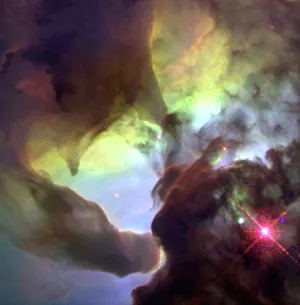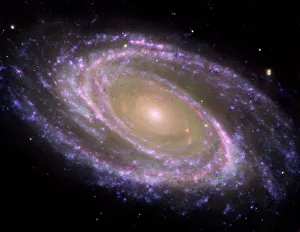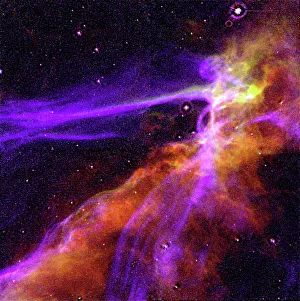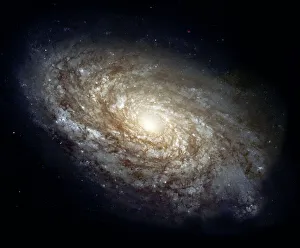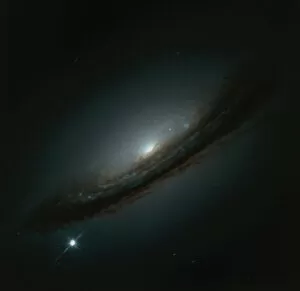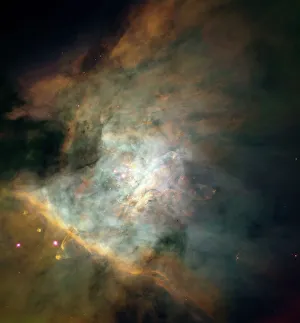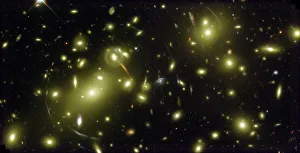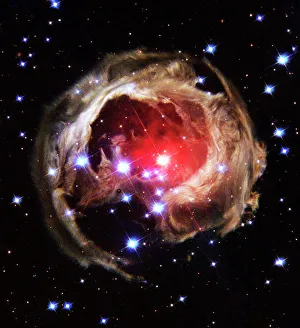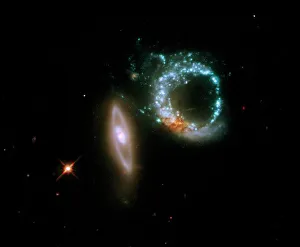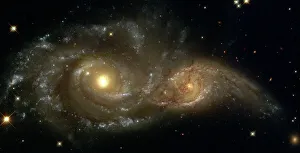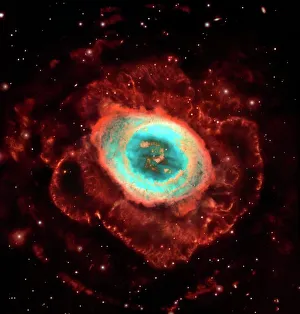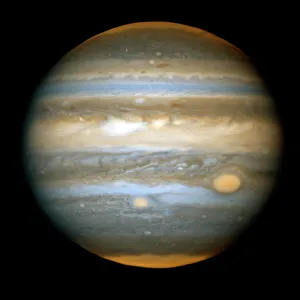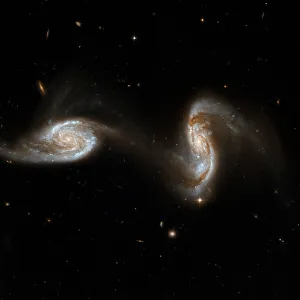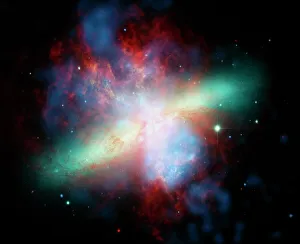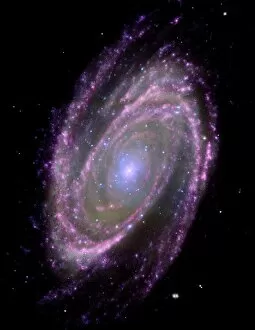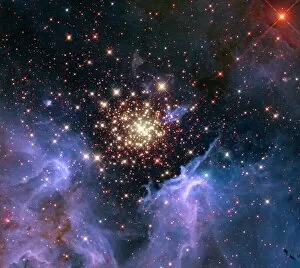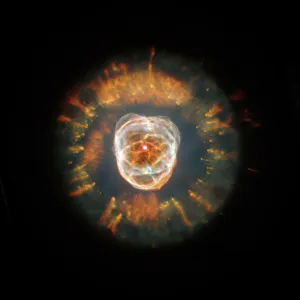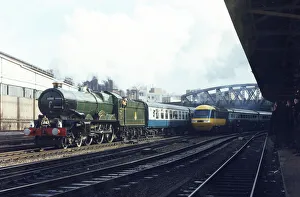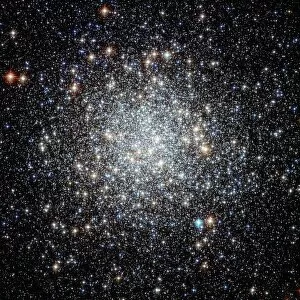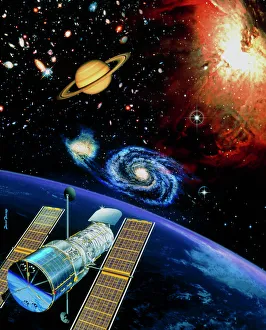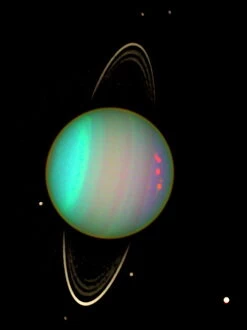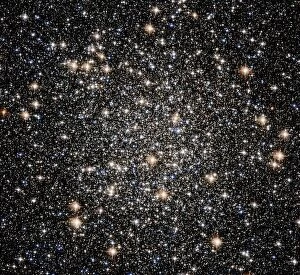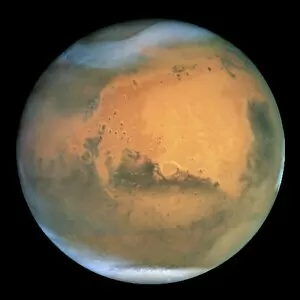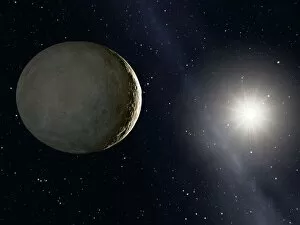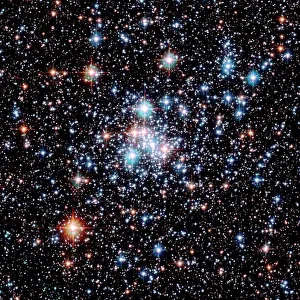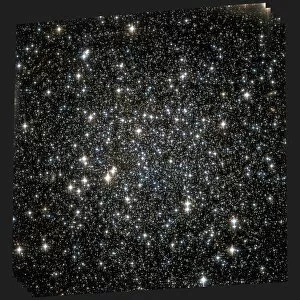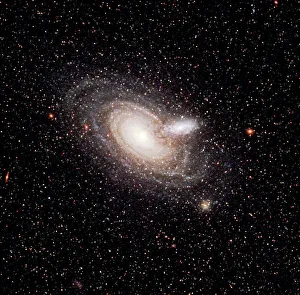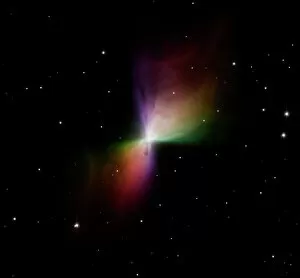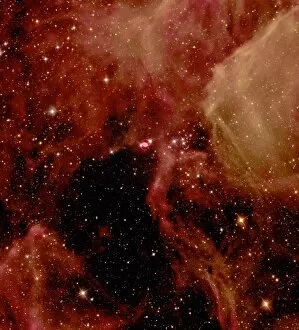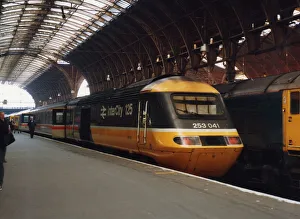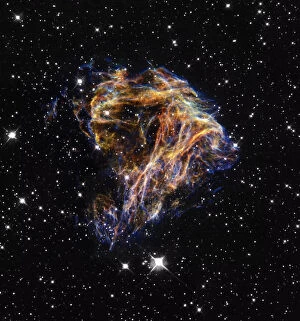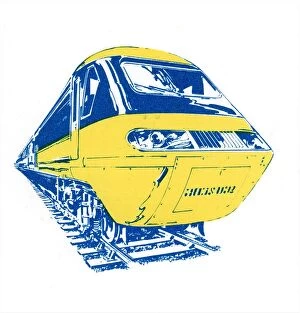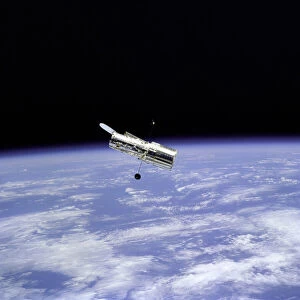Hst Collection
"HST: Revealing the Wonders of the Universe" Step into a world beyond our reach, where mysteries unfold and beauty knows no bounds
All Professionally Made to Order for Quick Shipping
"HST: Revealing the Wonders of the Universe" Step into a world beyond our reach, where mysteries unfold and beauty knows no bounds. The Hubble Space Telescope (HST) has been our window to the cosmos since its launch in 1990, capturing breathtaking images that leave us in awe. In 2012, the Hubble Ultra Deep Field unveiled a mesmerizing tapestry of galaxies scattered across space. Each speck of light represents an entire galaxy, billions of stars swirling together in harmony. It's a reminder of just how vast and diverse our universe truly is. But it's not just distant galaxies that captivate us; even closer to home, HST reveals stunning celestial phenomena. The "Pillars of Creation" showcase towering columns of gas and dust within the Eagle Nebula, giving birth to new stars amidst their ethereal glow. Nebulas hold countless secrets too - take Sh 2-106 for example. This HST image captures its intricate structure with vibrant colors dancing through space like cosmic brushstrokes on a canvas. The M51 whirlpool galaxy beckons us with its swirling arms locked in an eternal dance with its companion galaxy. Meanwhile, the Crab Nebula (M1) showcases remnants from an ancient supernova explosion - a testament to nature's power and resilience. Witnessing the Cygnus Loop Supernova Blast Wave reminds us that even death can be beautiful as shockwaves ripple through interstellar clouds, creating magnificent patterns against the backdrop of deep space. Giant twisters emerge within the Lagoon Nebula - colossal structures sculpted by stellar winds and radiation pressure. These monstrous formations remind us that chaos can give birth to extraordinary creations. Spiral galaxies also grace HST's portfolio - NGC 2841 displays elegant arms adorned with countless stars while M81 unveils itself as a composite image showcasing different wavelengths merging into one harmonious whole.

